UCI dismisses the effectiveness of thermal imaging cameras for detecting motors in bikes
Governing body not convinced by the claims of a recent French TV report
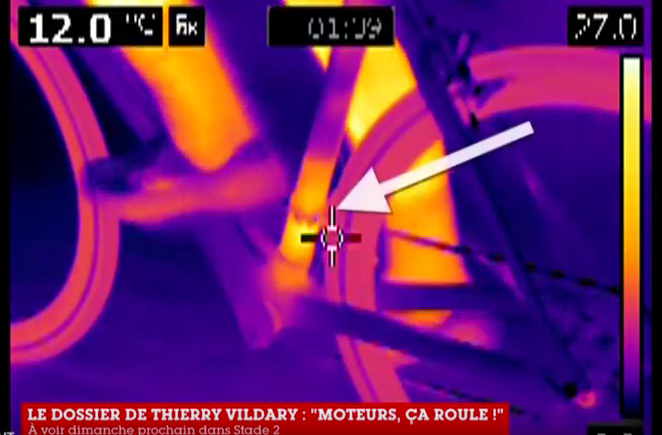
The UCI has dismissed the effectiveness of thermal imaging camera for detecting motors in bikes, the method used by a recent report that claimed that riders were using motors in Strade Bianche and Coppi e Bartali, saying that its method is the most effective available.
>>> Everything you need to know about the motorised doping scandal
The UCI says that as well as the scanning method that it currently uses, which uses an iPad, adaptor, and custom software to detect magnetic resonance, it tested a number alternative methods in 2015, including thermal imaging, x-ray, and ultrasonic testing, all of which proved to be "less effective".
"In certain circumstances, thermal imaging can indeed detect a motor, however, only when the motor is in use or just been used and is still warm. This makes pre- or post-race checks ineffective", said the UCI. "Thermal imaging will also pick up heat signals from other sources, including the rider’s body, heat generated from friction in bearings and heat from warm tyres.
>>> Electric motor system used by banned Belgian cyclist revealed by UCI
"The heat patterns shown on a recent documentary which deployed thermal imaging at a bike race are consistent with normal heat from moving parts. The UCI also found that it is simple and cheap to install effective thermal screening devices which render this kind of testing ineffective. Thermal imaging also only works on line of sight and the scan must be alongside a moving bike during the scanning process. For these reasons, thermal imaging was not pursued."
Watch: the industry reacts to the mechanical doping scandal
Get The Leadout Newsletter
The latest race content, interviews, features, reviews and expert buying guides, direct to your inbox!
The UCI also says that it assessed the merits of x-ray and ultrasonic testing, but dismissed these for similar reasons.
"[X-ray]proved to be ineffective due to the complex logistics inherent in its deployment. Although effective in the right conditions, the equipment is cumbersome, expensive, relatively slow and in many jurisdictions subject to regulations which would constrain or prevent its use.
>>> Tour de France boss: motors are no longer a rumour, they exist
"[Ultrasonic testing] was also theoretically promising but proved ineffective because of the widely differing thicknesses and density of bike frames and other components. This created calibration issues which would make the method impossible to use in an environment where bikes from many different manufacturers are used and whose methods of fabrication are constantly evolving."
The statement comes three days after the UCI handed down a six year ban and a £14,000 fine to Fiemke Van den Driessche, the young Belgian rider who was found to have a motor in a bike at the 2016 Cyclo-cross World Championships on the very first day that the UCI used its new motor detection method.

Thank you for reading 20 articles this month* Join now for unlimited access
Enjoy your first month for just £1 / $1 / €1
*Read 5 free articles per month without a subscription

Join now for unlimited access
Try first month for just £1 / $1 / €1
Henry Robertshaw began his time at Cycling Weekly working with the tech team, writing reviews, buying guides and appearing in videos advising on how to dress for the seasons. He later moved over to the news team, where his work focused on the professional peloton as well as legislation and provision for cycling. He's since moved his career in a new direction, with a role at the Department for Environment, Food and Rural Affairs.
-
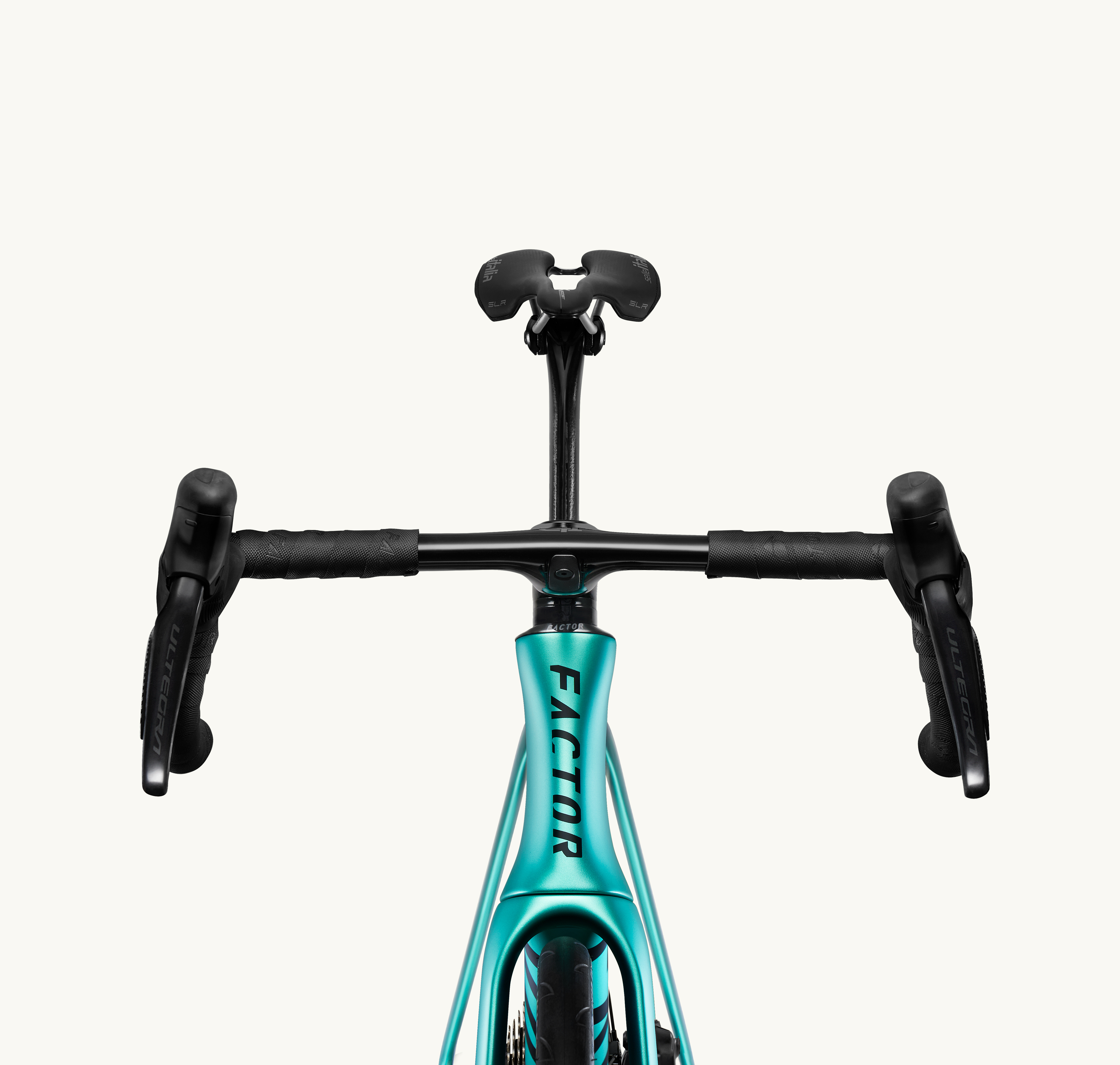 Factor launches it’s new Monza: a cheaper more practical bike, designed to fit more racers
Factor launches it’s new Monza: a cheaper more practical bike, designed to fit more racersFactor's new Monza, promises more bang for buck, for more people, without losing the character that makes the OSTRO VAM one of the highest performance bikes on the World Tour
By Luke Friend
-
 'It took everything' - Puck Pieterse outclimbs Demi Vollering to win La Flèche Wallonne
'It took everything' - Puck Pieterse outclimbs Demi Vollering to win La Flèche WallonneDutch 22-year-old shows Classics pedigree with first one-day victory
By Tom Davidson
-
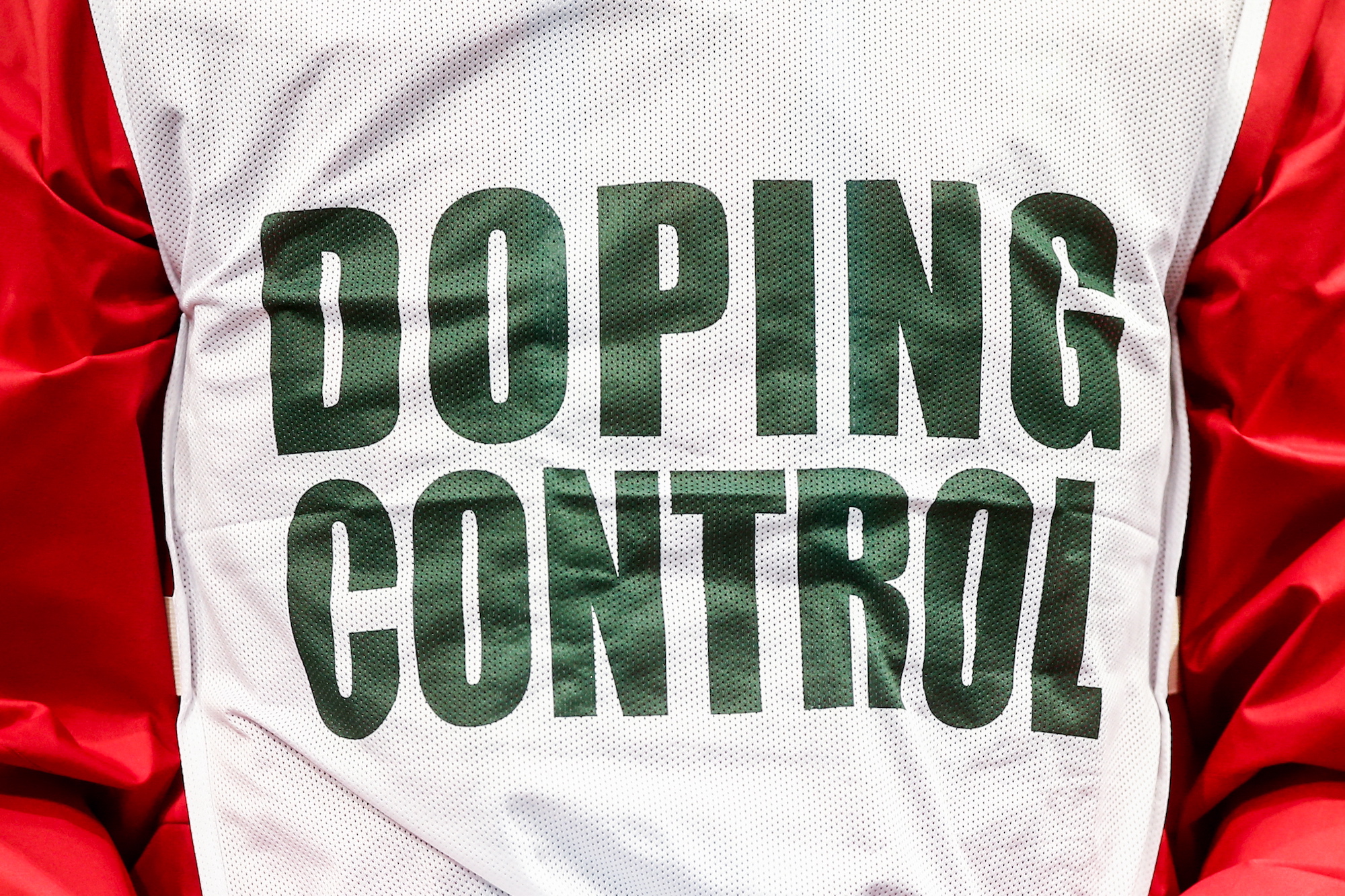 Irish Continental level professional cyclist suspended after EPO positive
Irish Continental level professional cyclist suspended after EPO positiveJesse Ewart, who rode for Terengganu Cycling, has been banned until 2027
By Adam Becket
-
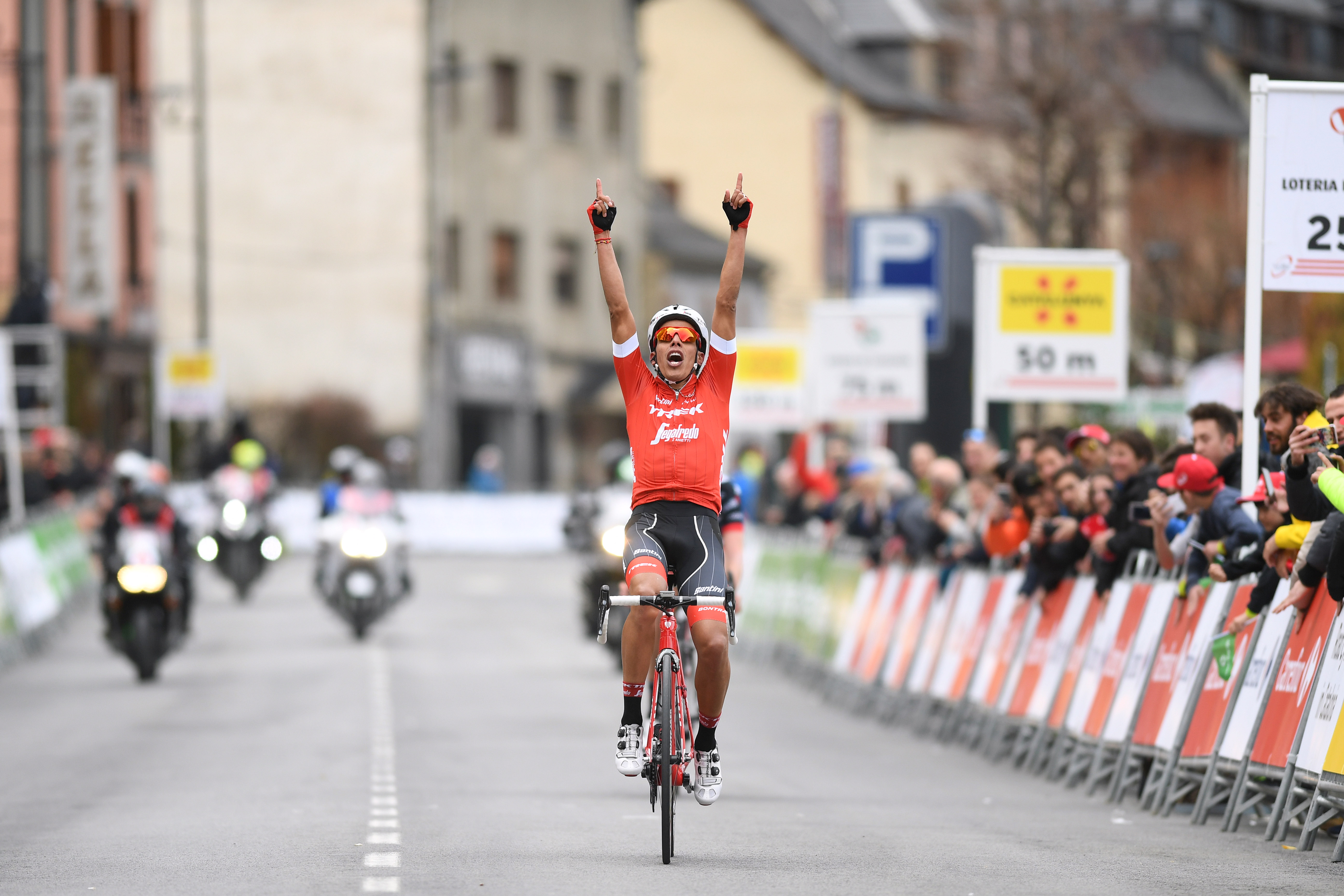 Convicted EPO doper Jarlinson Pantano returns to cycling with Colombian EPM team
Convicted EPO doper Jarlinson Pantano returns to cycling with Colombian EPM teamFormer Trek-Segafredo and IAM Cycling rider rejoins peloton after his four-year band expires
By Adam Becket
-
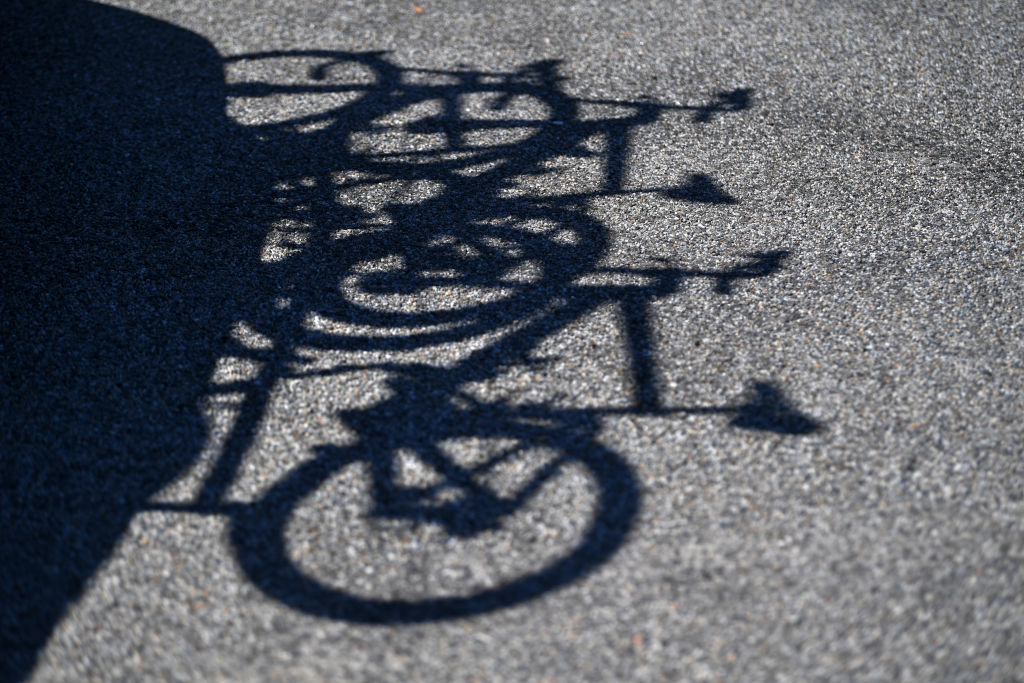 American cyclist Jackson ’Huntley’ Nash handed lifetime ban after doping violations
American cyclist Jackson ’Huntley’ Nash handed lifetime ban after doping violationsUSADA hand down penalty after multiple offences discovered by investigation
By Adam Becket
-
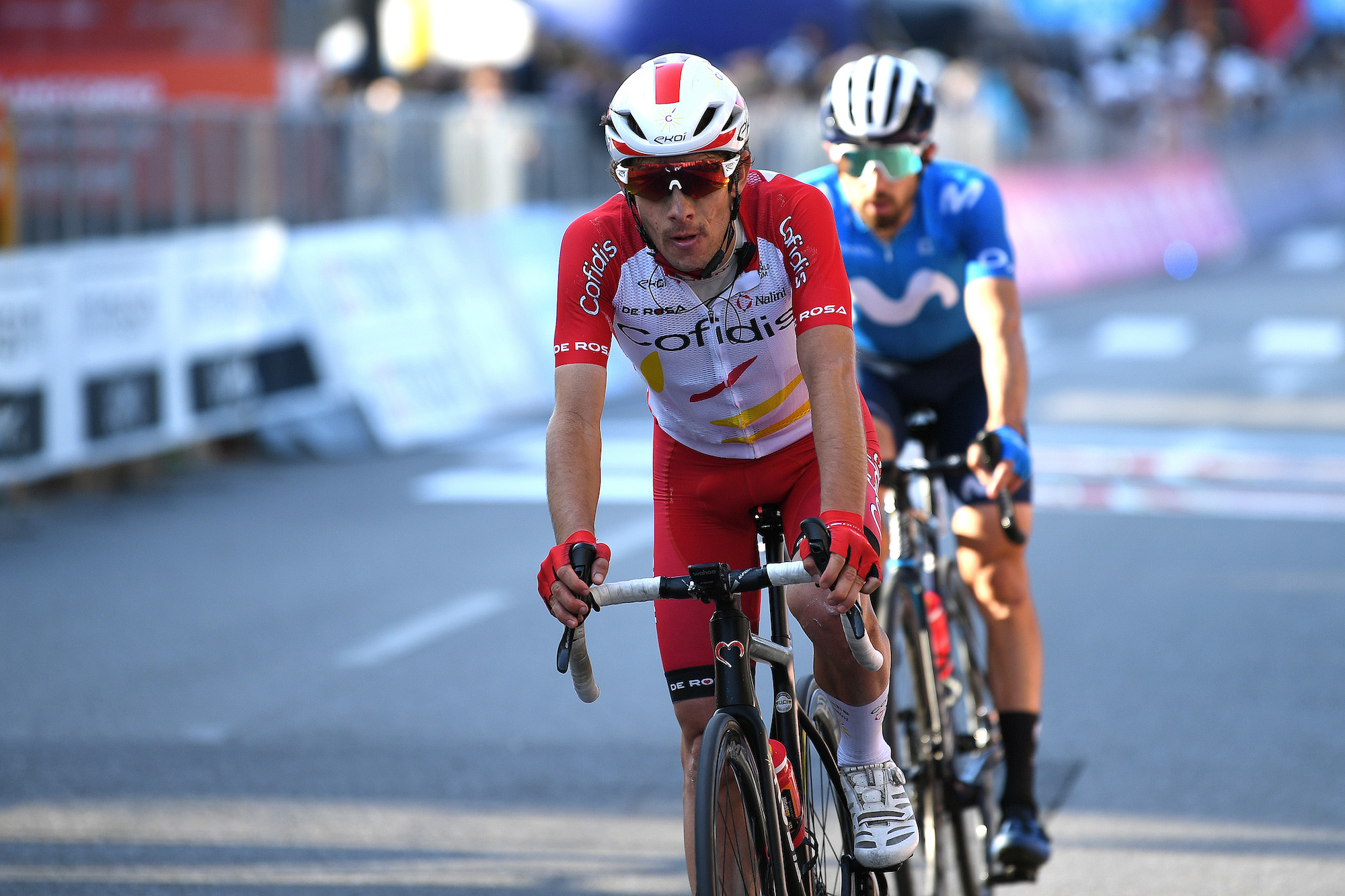 Guillaume Martin: The big question is this grey area of ketones
Guillaume Martin: The big question is this grey area of ketonesThe Frenchman says he is in favour of banning ketones for reasons of fairness
By Jonny Long
-
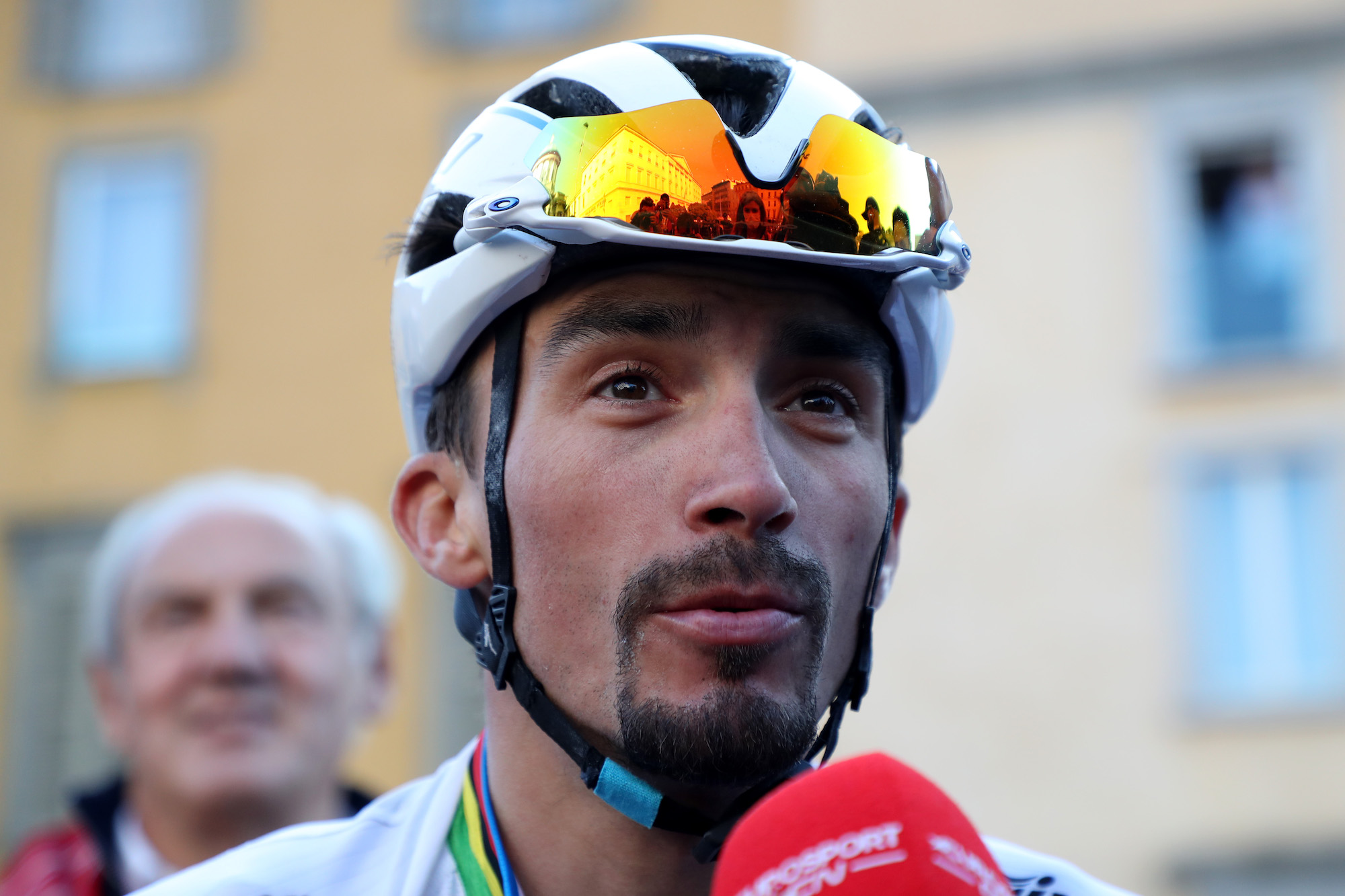 Julian Alaphilippe doesn't share Arnaud Démare's concerns over performance products used in the peloton
Julian Alaphilippe doesn't share Arnaud Démare's concerns over performance products used in the pelotonThe Frenchman also says he 'won't be shouting from the rooftops' when he eventually decides to compete for the Tour de France yellow jersey
By Jonny Long
-
 US amateur rider handed four-year doping ban after winning cat three race
US amateur rider handed four-year doping ban after winning cat three raceThe 49-year-old was tested after his win in the Arizona State Championships this summer
By Alex Ballinger
-
 David Lappartient: Riders are sharing rumours of new doping techniques, they feel there is a gap
David Lappartient: Riders are sharing rumours of new doping techniques, they feel there is a gap"Man is limitless in the imagination to cheat," the UCI President said
By Jonny Long
-
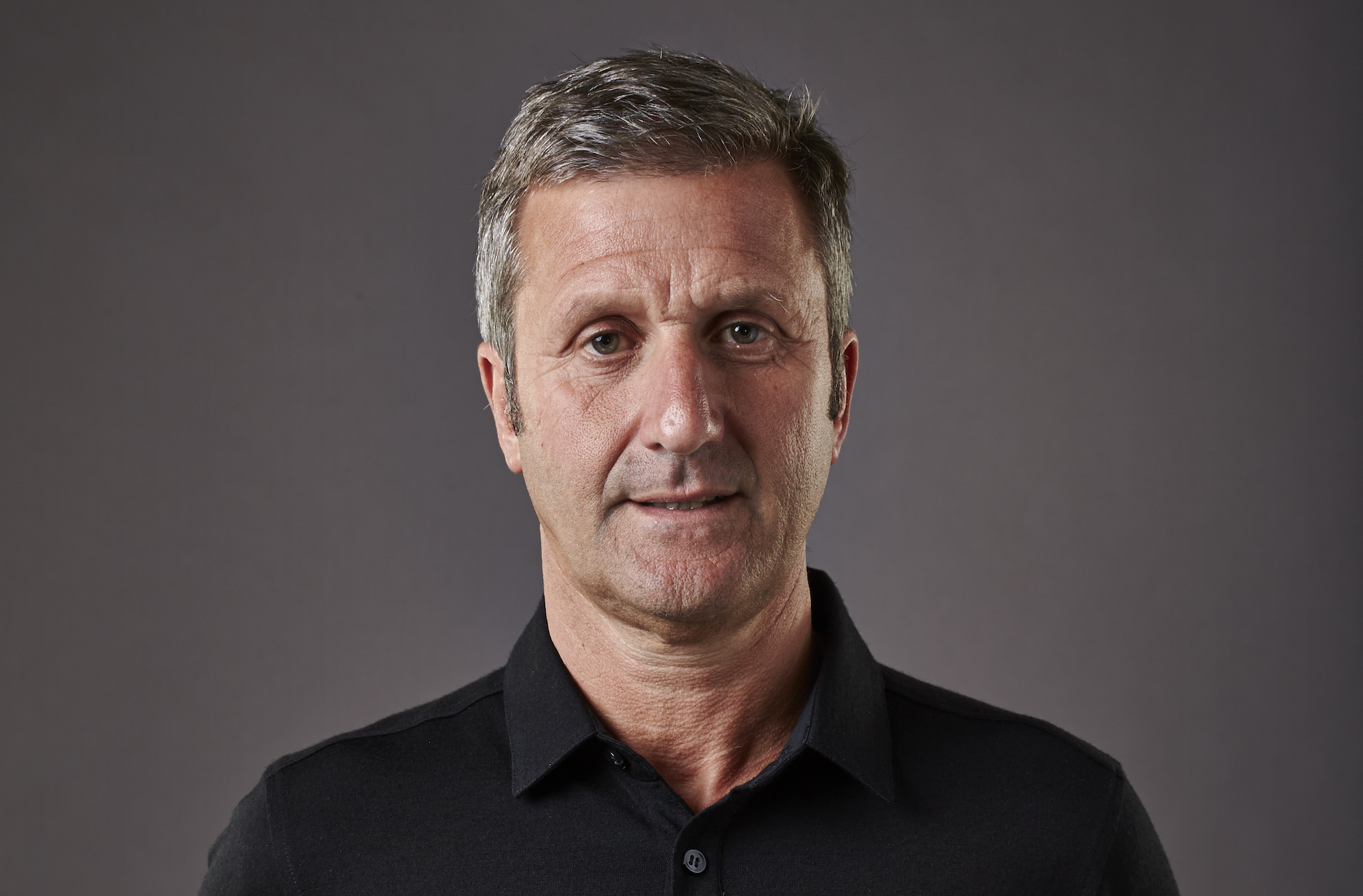 UK Anti-Doping's case against Richard Freeman paused after doping doctor appeals tribunal verdict
UK Anti-Doping's case against Richard Freeman paused after doping doctor appeals tribunal verdictUKAD will resume proceedings against Richard Freeman after his High Court appeal
By Jonny Long